Gardening is like a grand puzzle, with each plant fitting snugly into a unique piece.
But what if we told you there’s a way to make that puzzle more beautiful and productive? Enter companion planting, a gardening technique that brings the harmony of nature into your garden.
Every plant plays a different tune in this garden orchestra, creating a symphony of growth and health. If you’re a fan of spinach and want to see it thrive in your garden, we have some great news for you.
Spinach has a set of allies, including vegetables, herbs, and flowers, that can be planted alongside it to provide support, protection, and enhanced flavor.
In this guide, we’ll explore spinach companion plants and help you create a thriving spinach patch, so let’s dive right in!
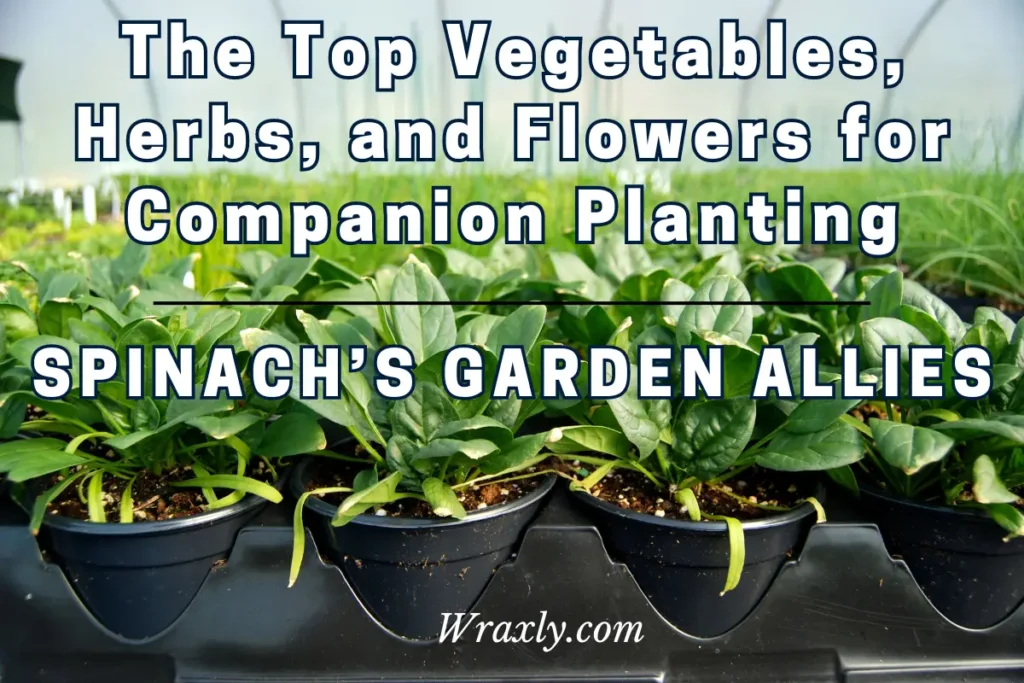
15 Best Spinach Companion Plants
Here’s a list of popular spinach companion plants:
1. Radishes
Radishes grow quickly and don’t take up much space, making them the perfect companion for spinach. Their presence helps deter leaf-eating insects like aphids, keeping your spinach leaves lush and green.
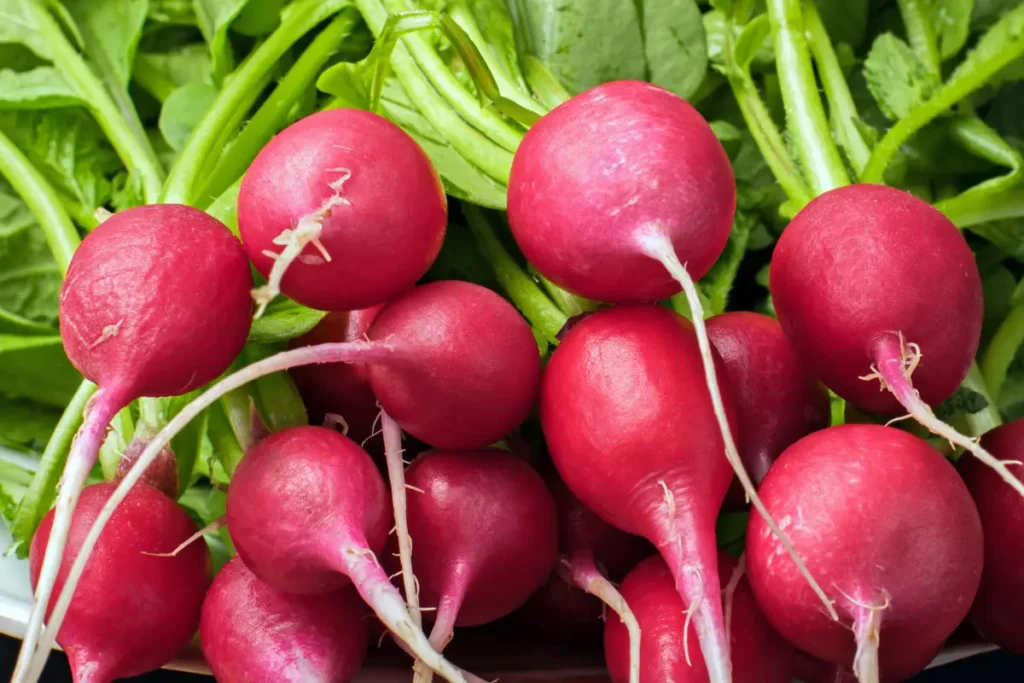
Plus, the bright red and white radishes add a pop of color to your garden.
2. Lettuce
Spinach and lettuce share similar needs regarding sunlight and water, making them ideal neighbors. Plus, lettuce can provide some shade for spinach during the hot summer days, preventing it from bolting too quickly.
You can create a beautiful salad garden bed with various lettuce and spinach varieties, ensuring a constant supply of fresh greens. See also: How to Pick the Best Container for Growing Lettuce
3. Onions and Chives
Onions and chives are like the protective big brothers of your spinach. They can help repel pests like aphids and beetles while adding flavor to your meals.
Spinach, onions, and chives make a dreamy trio in your garden. Chives, especially, have lovely purple blooms that attract pollinators and provide a touch of color. See also: The Botanical Classification of Onion
4. Nasturtiums
Nasturtiums can deter aphids and whiteflies, leaving your spinach untouched.
Plus, their vibrant orange and red flowers add a touch of color and cheer to your garden. Nasturtium leaves and flowers are edible and can add a peppery kick to salads and dishes.
5. Marigolds
Marigolds are like the garden police, watching for harmful nematodes that can harm your spinach. Their bright yellow and orange blooms ward off pests and beautify your garden.
Marigolds come in various sizes and types, so you can choose the ones that best complement your spinach patch.
6. Beans
Beans provide natural shade and nitrogen, which spinach loves. In return, spinach helps keep the soil cool and moist around the beans’ roots.
Bush beans, like green or yellow wax beans, work well with spinach and don’t require trellises, making them an easy addition. See also: How to Grow Lima Beans
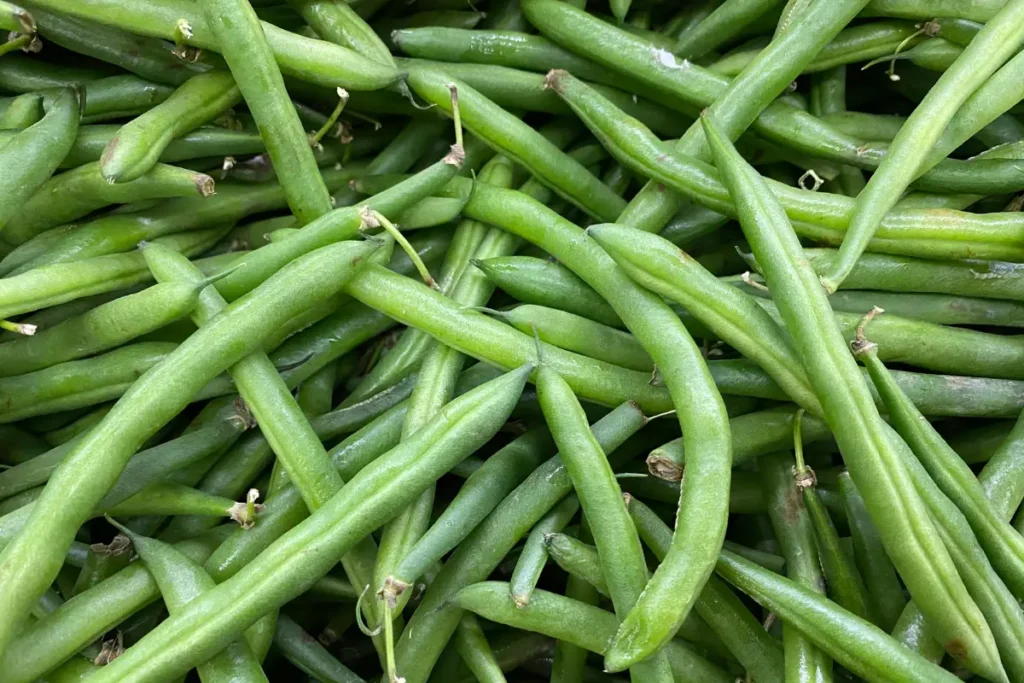
7. Carrots
Spinach and carrots make an excellent gardening duo. Their roots grow at different depths, so they don’t compete for space or nutrients.
Carrots can also help break up the soil, making it easier for spinach to send down its roots. Planting carrots alongside spinach enhances your garden’s health and creates a visually appealing and bountiful bed. See also: How to Grow Carrots in Grow Bags
8. Dill
The fragrance of dill can deter pests like aphids and spider mites, keeping your spinach happy and pest-free.
Plus, you can harvest the dill for your culinary adventures. Dill’s feathery, delicate leaves and yellow flowers add a graceful touch to your garden.
9. Basil
Basil’s aroma can confuse and repel common spinach pests, such as aphids and thrips. These two leafy greens make a tasty and protective pair.
To create a diverse and visually appealing garden bed, you can choose different basil varieties, such as sweet, Thai, or purple basil.
10. Garlic
Garlic can ward off various pests, including aphids, caterpillars, and slugs. Planting garlic near your spinach can help ensure that your greens stay pest-free.
Garlic bulbs can also be harvested and used in your kitchen, adding a flavorful twist to your dishes. See also: The Surprising Truth About Garlic: Is it Really a Vegetable?
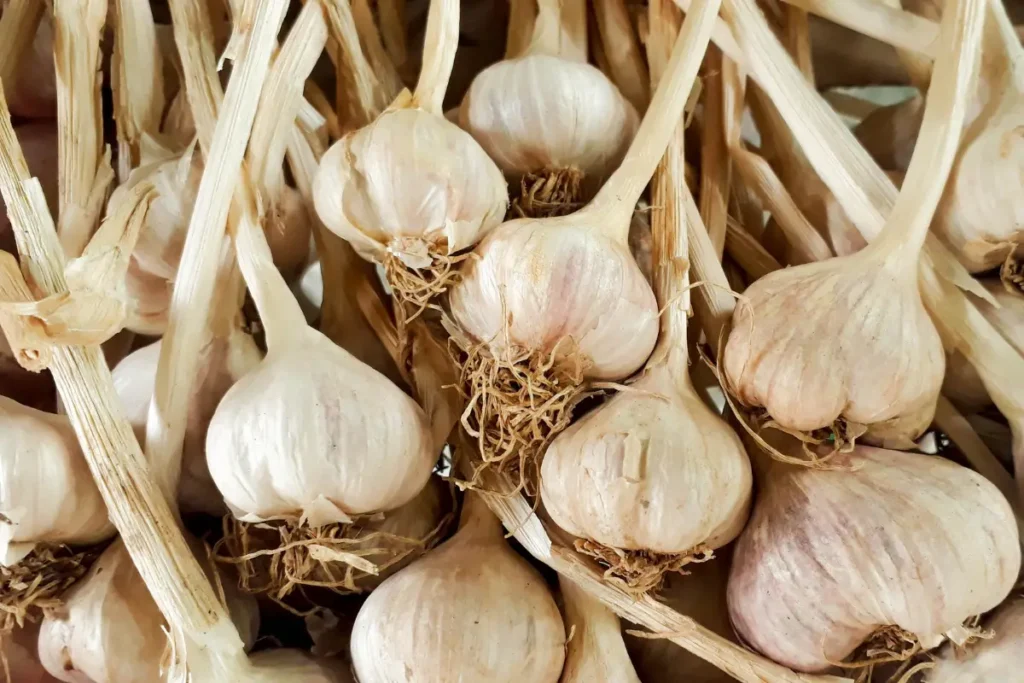
11. Tomatoes
Tomatoes and spinach make a delicious pair in the garden. They provide shade for spinach during hot summer days, while spinach’s roots help retain moisture in the soil, benefiting tomato plants.
Just ensure that you space them appropriately to avoid overcrowding. See also: Plum Tomatoes Demystified: Growing Tips for Gardens and Containers
12. Cabbage and Kale
Cabbage and kale have similar nutrient requirements. Planting them together can maximize your green harvest and create a visually appealing garden bed.
13. Peas
Spinach and peas complement each other wonderfully. Peas are excellent nitrogen fixers, and their climbing nature means they won’t compete with spinach for space. This symbiotic relationship benefits both plants, leading to a bountiful harvest.
14. Mint
Mint is like the aromatic guardian of your garden. It can help deter pests while adding a delightful fragrance. Be mindful when planting mint with spinach, as it can be invasive. Consider using containers for the best results.
15. Borage
Borage attracts pollinators and deters pests like hornworms and Japanese beetles. Borage’s cucumber-like flavor also makes it a delightful addition to salads.
3 Plants NOT Suitable for Planting with Spinach
While there’s a wide range of companion plants for spinach, some plants should be kept at a distance due to various incompatibilities. Here’s a list of plants that aren’t the best companions for spinach:
1. Potatoes
Potatoes can compete with spinach for nutrients and space. Additionally, planting them together can increase the risk of diseases common to both, like early blight.
2. Sunflowers

Sunflowers can cast dense shade over smaller plants, including spinach, hindering their growth—plant sunflowers in a separate area of your garden to avoid shading your spinach.
3. Fennel
Fennel has allelopathic properties, which means it releases chemical compounds that can inhibit the growth of nearby plants.
Therefore, it’s best not to plant fennel near spinach because fennel can prevent spinach from growing well.
Fennel also attracts pests that can harm your spinach. So, keep fennel and spinach in different areas of your garden to avoid these issues.
12 Tips for Growing Healthy and Vibrant Spinach
The following tips can help your spinach thrive:
1. Choose the Right Variety
Select a spinach variety that suits your climate and growing conditions. Some varieties are better suited for cool weather, while others are more heat-tolerant.
2. Timing is Key
Spinach is a cool-season crop, so timing is crucial. Plant spinach in early spring or late summer for the best results. You should grow spinach as a fall crop in warmer climates to avoid extreme heat.
3. Soil Preparation
Spinach thrives in well-draining, fertile soil with a pH level between 6.0 and 7.0. Amend your soil with compost or well-rotted manure for better texture and nutrient content.
4. Spacing and Planting Depth
Sow spinach seeds about 1/2 inch deep and 2 inches apart in rows spaced 12 inches apart. Proper spacing prevents overcrowding and encourages air circulation, reducing the risk of diseases.
5. Watering
Keep the soil consistently moist but not soggy. Spinach doesn’t tolerate drought well. Use mulch to help retain moisture and reduce the need for frequent watering.
6. Fertilization
Fertilize with a balanced, all-purpose fertilizer before planting or using compost during the growing season. Be cautious not to over-fertilize because this can lead to excessive leafy growth and less flavorful leaves.
7. Thinning Seedlings
When spinach seedlings are about 2 inches tall, thin them to ensure proper spacing. This allows the remaining plants to grow vigorously and produce larger leaves.
8. Pest and Disease Management
Be vigilant for common pests like aphids, snails, and slugs. Handpick pests and use organic pest control methods like neem oil or diatomaceous earth. Avoid overhead watering and ensure good air circulation to prevent diseases like downy mildew.
9. Harvesting
Spinach is best when harvested young and tender. Begin harvesting outer leaves when they reach a usable size, usually around 4-6 inches in length. Use a sharp knife or scissors to cut the leaves, leaving the center intact for continued growth.
10. Successive Planting
To enjoy a continuous spinach harvest, sow new seeds every few weeks. This ensures a fresh supply of leaves throughout the growing season.
Recommended Spinach Seeds
| Image | Title | Prime | Buy |
|---|---|---|---|
 | Back to the Roots Spinach 'Bloomsdale' Seed Packet, 1g, Green | PrimeEligible | Check My Price on Amazon |
Top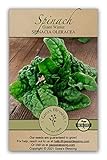 | Gaea's Blessing Seeds - Spinach Seeds (3.0g) - Giant Winter Spinach Non-GMO Seeds with Easy to Follow Planting Instructions - Open-Pollinated Heirloom 95% Germination Rate | Prime | Check My Price on Amazon |
 | Early No. 7 Spinach Seeds - 100 Seeds Non-GMO | Prime | Check My Price on Amazon |
 | Bloomsdale Spinach Seeds for Planting is A Great Heirloom, Non-GMO Vegetable Variety- Great for Indoor, Outdoor and Hydroponics Gardening by Gardeners Basics | PrimeEligible | Check My Price on Amazon |
 | Sow Right Seeds - Viroflay Spinach Seed for Planting - Non-GMO Heirloom Packet with Instructions to Plant a Home Vegetable Garden - Grow Leafy Green Nutritious Superfood - Hydroponic Growing Friendly | PrimeEligible | Check My Price on Amazon |
11. Protect from Extreme Temperatures
Provide shade for your spinach plants in very hot weather using a shade cloth. Use row covers to extend the growing season into the fall in cold climates.
12. Store Properly
After harvesting, store spinach leaves in the refrigerator. Place them in a plastic bag or container with a damp paper towel to maintain freshness.
Following these gardening tips, you can cultivate a thriving spinach patch that yields delicious, nutritious greens throughout the growing season.
For Further Reading
- Parsley’s Best Friends: 15 Companion Plants to Thrive Together (and What Not to Plant Nearby)
- Companion Planting with Sunflowers: Thriving Matches and Not-So-Friendly Neighbors
- Growing Blueberries? Know Your Allies and Adversaries – A Companion Planting Guide
- Lavender’s BFFs: Discover the Top Companion Plants for a Thriving Garden
Final Thoughts on Spinach Companion Plants
Companion planting not only enhances the health and productivity of your garden but also creates a diverse and visually appealing space.
With the right allies and careful consideration of which plants to keep apart, you can achieve a thriving garden full of lush, vibrant spinach and an array of delectable produce.

Darrell has a passion for gardening that he inherited from his father. Go here to read more about the influence his father played in his love for gardening. If you want to send Darrell a quick message, then visit his contact page here.

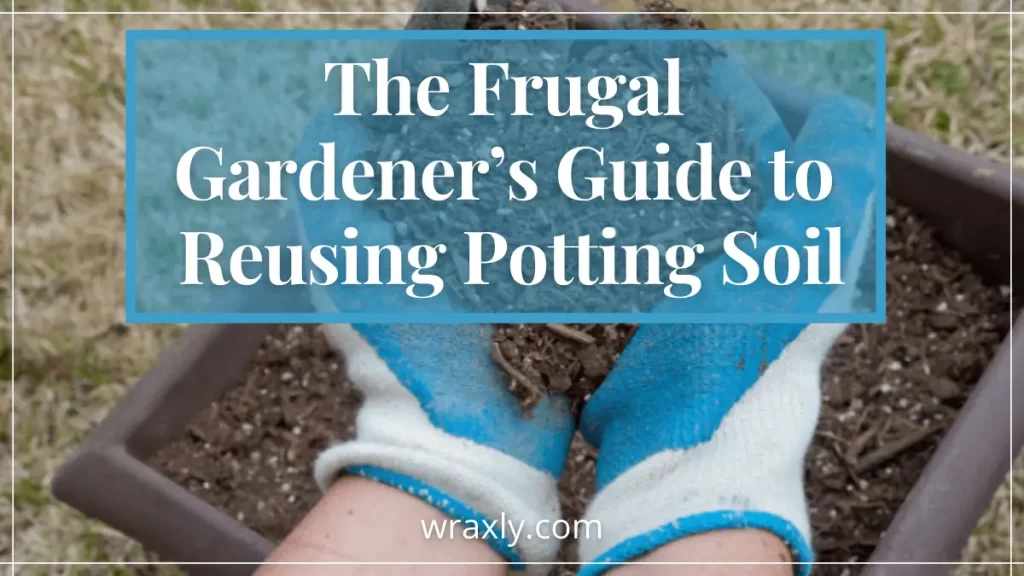

![10 Common Container Garden Mistakes to Avoid [Beginner’s Guide]](https://wraxly.com/wp-content/uploads/2021/02/10-Common-Container-Garden-Mistakes-to-Avoid-Beginners-Guide-1200-1024x576.webp)
